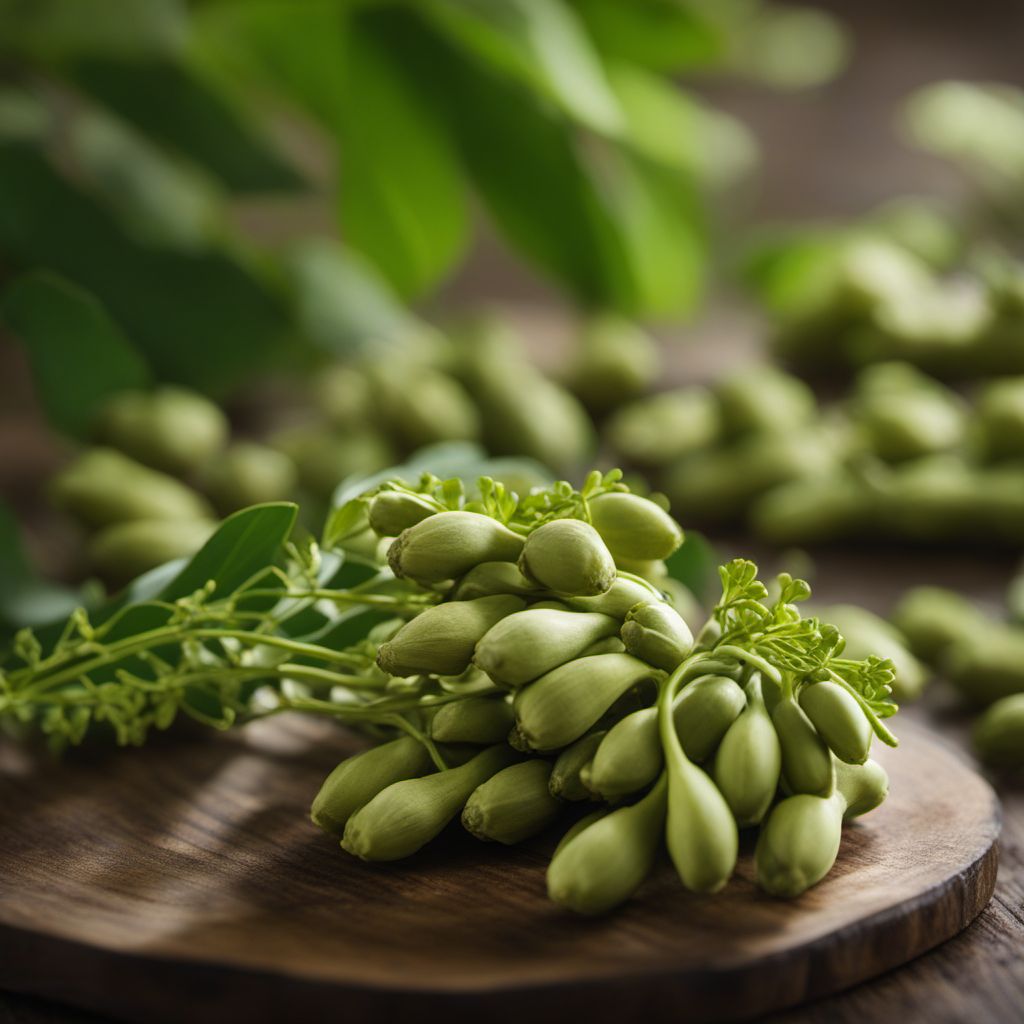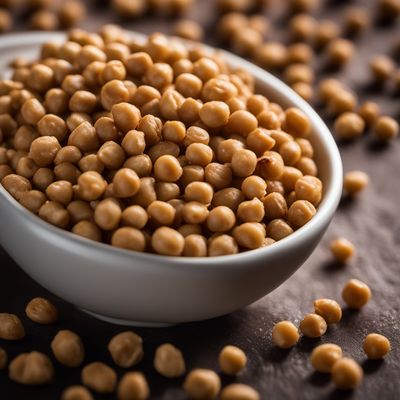
Ingredient
Moringa (dry)
The Miracle Tree: Moringa's Nutritional Powerhouse
Moringa in its dry form is characterized by vibrant green leaves that have been dried and ground into a fine powder. It has a mild, earthy flavor with a hint of bitterness, and a slightly grainy texture. Its appearance is reminiscent of matcha powder, with a vibrant green color.
Origins and history
Moringa has a rich history dating back thousands of years, originating in the Indian subcontinent. It has been used in traditional Ayurvedic medicine for its medicinal properties and is deeply ingrained in Indian culture. Moringa trees are now cultivated in various tropical and subtropical regions around the world.
Nutritional information
Moringa is a nutritional powerhouse, packed with essential vitamins and minerals. It is a rich source of vitamin C, vitamin A, iron, and calcium. Additionally, it contains antioxidants and plant compounds that contribute to its health benefits.
Allergens
There are no known allergens associated with moringa.
How to select
When selecting moringa powder, look for a vibrant green color, indicating freshness. Ensure that the packaging is airtight and free from moisture or clumps. If purchasing moringa leaves, choose ones that are bright green and free from yellowing or signs of decay.
Storage recommendations
To maintain the freshness and quality of moringa powder, store it in an airtight container in a cool, dry place away from direct sunlight. Moringa leaves can be stored in the refrigerator for up to a week or dried for long-term storage.
How to produce
Moringa trees can be grown in tropical and subtropical regions, requiring well-drained soil and plenty of sunlight. They can be propagated from seeds or cuttings, and with proper care, they can reach maturity within a few years.
Preparation tips
Moringa powder can be added to smoothies, juices, or baked goods for a nutritional boost. It can also be used as a seasoning in soups, stews, or sauces. Moringa leaves can be sautéed, steamed, or added to salads for a vibrant touch. Additionally, moringa oil extracted from the seeds can be used in cooking or as a moisturizing agent for the skin and hair.
Substitutions
Spinach or kale can be used as substitutes for moringa, although they may not provide the exact same nutritional profile. However, their mild flavor and vibrant color make them suitable alternatives in various recipes.
Culinary uses
Moringa is commonly used in traditional Indian cuisine, where it is added to curries, dals, and chutneys. It is also popular in smoothies, herbal teas, and health drinks. Additionally, moringa leaves are used as a garnish or ingredient in salads and stir-fries.
Availability
Moringa is commonly available in tropical and subtropical regions, including India, Southeast Asia, Africa, and parts of South America.




